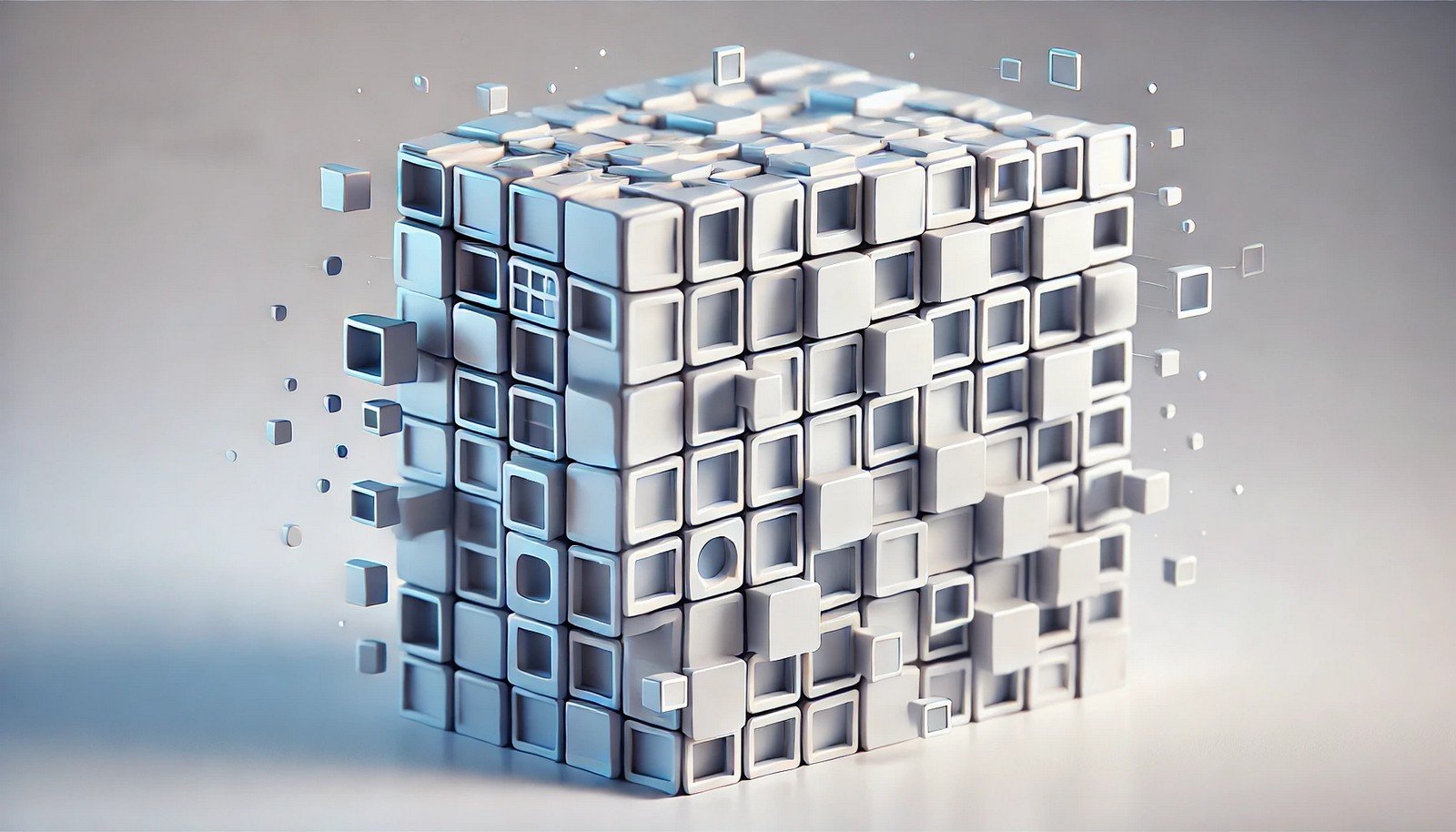Cutout Regularization

Quick Navigation:
- Cutout Regularization Definition
- Cutout Regularization Explained Easy
- Cutout Regularization Origin
- Cutout Regularization Etymology
- Cutout Regularization Usage Trends
- Cutout Regularization Usage
- Cutout Regularization Examples in Context
- Cutout Regularization FAQ
- Cutout Regularization Related Words
Cutout Regularization Definition
Cutout Regularization is a data augmentation technique used in machine learning and deep learning models to improve their robustness and accuracy. By applying random rectangular mask cutouts on sections of images during training, this approach prevents models from overly relying on specific features in the data, reducing overfitting and enhancing generalization. In essence, Cutout Regularization helps models learn more generalized features by partially obscuring inputs, forcing the model to focus on a broader range of image details.
Cutout Regularization Explained Easy
Imagine you’re learning to identify objects by looking at pictures. If parts of each picture were covered, you’d have to learn to recognize the object by looking at different clues. This is what Cutout Regularization does for computers: it hides parts of pictures so the computer doesn’t rely on one specific part and learns better from everything in the image.
Cutout Regularization Origin
The concept of Cutout Regularization emerged from the need to improve model robustness in computer vision. Researchers discovered that obscuring parts of training images could help models learn more generalized representations, which led to the development and formalization of this technique.
Cutout Regularization Etymology
The term “cutout” reflects the action of removing or obscuring portions of images to modify how models learn from data.
Cutout Regularization Usage Trends
Over recent years, Cutout Regularization has become widely adopted in deep learning, especially for tasks involving image recognition and classification. The technique is now a common part of the data augmentation toolkit used to improve model performance and robustness, particularly in fields like autonomous driving, medical imaging, and object detection.
Cutout Regularization Usage
- Formal/Technical Tagging:
- Machine Learning
- Deep Learning
- Data Augmentation
- Computer Vision - Typical Collocations:
- "Cutout Regularization technique"
- "augmenting data with cutouts"
- "applying cutouts in neural networks"
- "training with Cutout Regularization"
Cutout Regularization Examples in Context
- In a facial recognition model, Cutout Regularization can obscure sections of faces, encouraging the model to focus on general facial features rather than specific details like eyes or mouth.
- Medical image analysis models often use Cutout Regularization to obscure parts of medical scans, forcing the model to understand broader patterns rather than specific features.
- In self-driving car technology, applying Cutout Regularization to road images helps the model focus on multiple cues rather than only a specific object or pattern in the environment.
Cutout Regularization FAQ
- What is Cutout Regularization?
Cutout Regularization is a data augmentation method that involves randomly cutting out parts of training images to improve model robustness. - Why is Cutout Regularization important in AI?
It helps models learn more generalized features, reducing overfitting and improving accuracy on unseen data. - How does Cutout Regularization differ from other augmentation techniques?
Unlike other methods, it specifically removes image parts, which teaches the model to rely less on specific features. - What types of models benefit from Cutout Regularization?
Primarily deep learning models used in image classification and object detection tasks. - Can Cutout Regularization be applied to non-image data?
It’s mostly used for images, but variations can be explored for other data types. - How does Cutout Regularization affect model performance?
It typically improves generalization and reduces overfitting, leading to more robust models. - Is Cutout Regularization computationally intensive?
It requires minimal additional computation, making it efficient to implement. - Are there any drawbacks to using Cutout Regularization?
If not applied carefully, it may hide too much information, potentially reducing model accuracy. - What industries use Cutout Regularization?
Industries like healthcare, autonomous driving, and security use it in their computer vision applications. - How does Cutout Regularization enhance model interpretability?
It reduces dependency on specific features, allowing the model to learn more holistic patterns.
Cutout Regularization Related Words
- Categories/Topics:
- Data Augmentation
- Neural Networks
- Computer Vision
- Machine Learning
Did you know?
Cutout Regularization was inspired by dropout techniques in neural networks, as both methods aim to reduce overfitting by limiting reliance on specific parts of data or features. This approach has become essential in complex image tasks, especially where generalized learning is critical.
PicDictionary.com is an online dictionary in pictures. If you have questions or suggestions, please reach out to us on WhatsApp or Twitter.Authors | Arjun Vishnu | @ArjunAndVishnu

I am Vishnu. I like AI, Linux, Single Board Computers, and Cloud Computing. I create the web & video content, and I also write for popular websites.
My younger brother, Arjun handles image & video editing. Together, we run a YouTube Channel that's focused on reviewing gadgets and explaining technology.



Comments powered by CComment